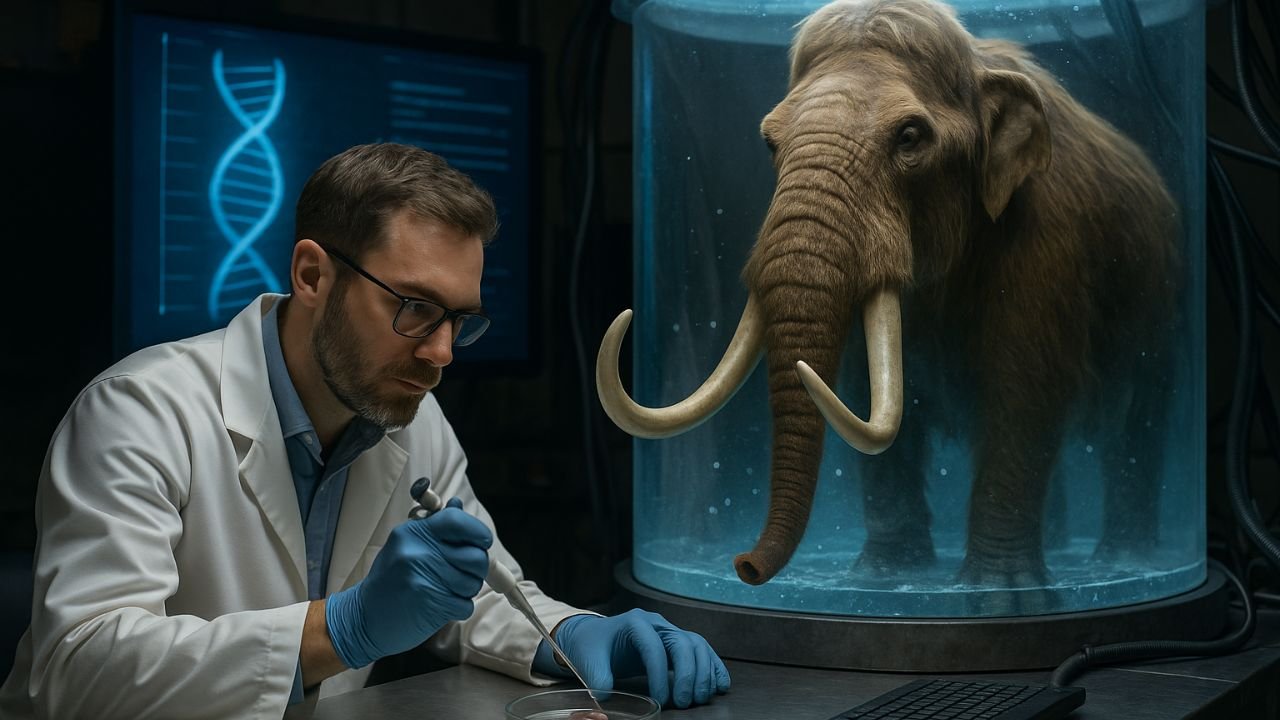Is it possible for the Arctic tundra to be roamed by an extinct animal? Resurrecting the ancient Woolly Mammoth is not a myth any more, scientists plan on bringing the 4,000 year old extinct creature back to life. We can expect to see the first calf by the year 2028.
The ice age mammal inhabited Asia, Europe and North America. It is assumed that they died off due to reasons such as:
- Human hunting
- Climate change.
- Viruses.
- Natural disasters and a few other reasons.
Well-preserved, frozen skeletal remains of the Woolly Mammoth have been found in Siberia and North America, making it one of the most well studied prehistoric animals. These well preserved remains are allowing us to resurrect the Woolly Mammoth.
Are Scientists Bringing Back the Woolly Mammoth?
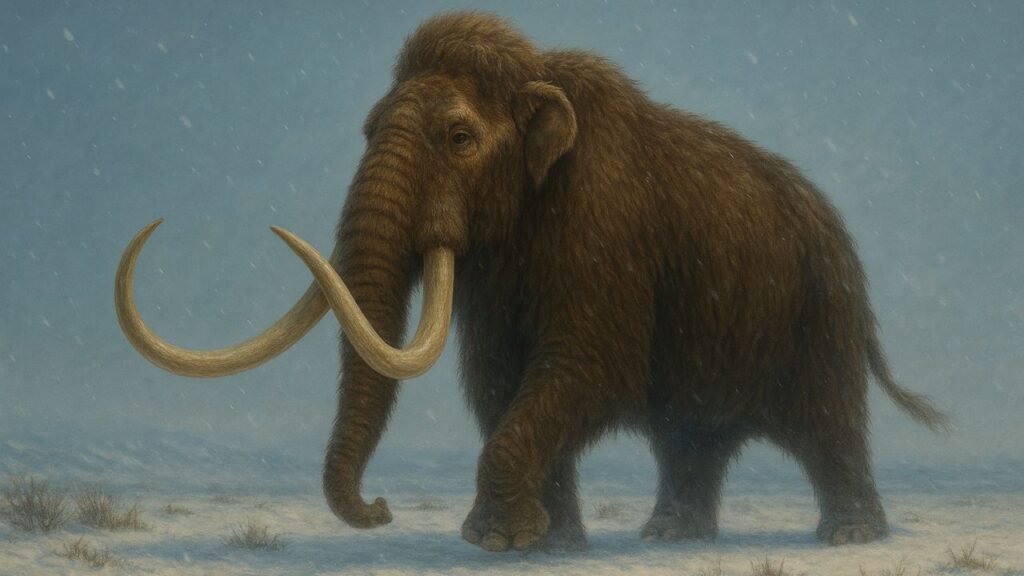
Yes, scientists are actively working to bring back the woolly mammoth through a process called de-extinction. Colossal Biosciences, a biotechnology company founded in 2021, is leading the effort using advanced gene editing tools like CRISPR. By combining preserved mammoth DNA with that of the Asian elephant—its closest living relative—researchers aim to create a cold-resistant hybrid species. The goal is to produce the first calf by 2028. While it won’t be a pure woolly mammoth, the hybrid will carry many of its traits, potentially helping to restore Arctic ecosystems and combat climate change.
Why Are Scientists Bringing Back Mammoths?
Colossal Biosciences Inc wants to reintroduce Woolly Mammoths back to the world by the year 2028. This company is also known as a de-extinction company as they plan on bringing back various extinct species like the Tasmanian tiger, Dodo bird and finally our Woolly Mammoth.
The process of de-extinction refers to creating an organism that replicates or is genetically similar to an extinct species. Colossal Biosciences began its work on the Woolly Mammoth back in 2021, with a total investment of $435 million.
Geneticist George Mcdonald Church is the scientific co-founder of Colossal, and his vision is to bring back extinct species like the Woolly Mammoth to aid the planet. Molecular biologist Dr. Beth Shapiro, who is working with Colossal states that “introducing Mammoth-like species could aid the environment.”
How Are Scientists Bringing Back the Woolly Mammoth?
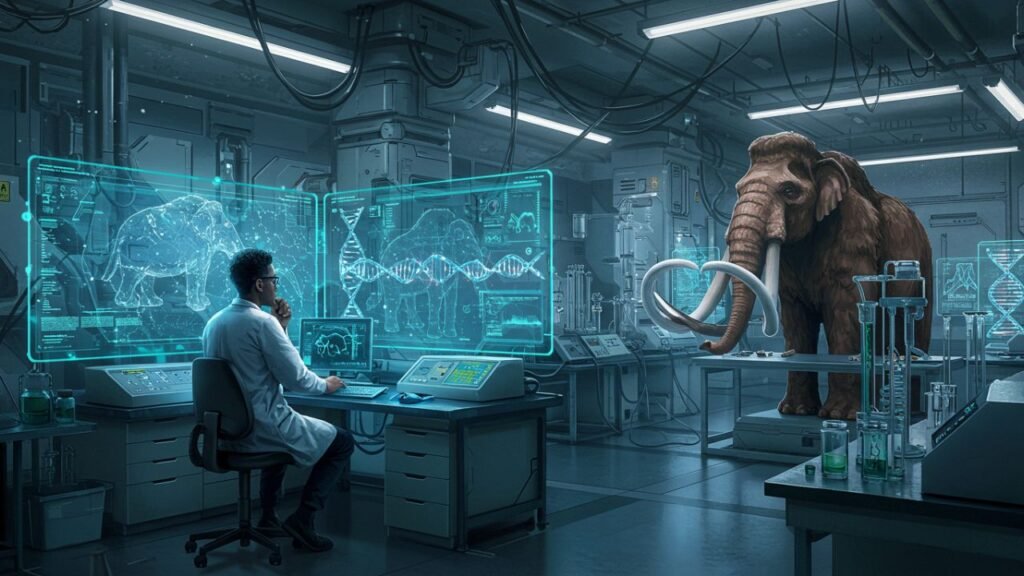
The team at Colossal plans to use CRISPR genome engineering to bring back the Woolly Mammoth. CRISPR is a technology through which organisms’ DNA can be altered. Since the Woolly Mammoth’s DNA matches 99.6% to the Asian elephant, they will be changing the DNA of the Mammoth’s genome into the Asian elephant’s genome. The team will extract genes from the well-preserved remains of the Woolly Mammoth.
CRISPR genome engineering will be used when adding genes like cold temperature tolerance, thick shaggy fur, small ears, and long tusks etc. The resulting animal will not truly be a Woolly Mammoth but rather a genetic hybrid.
Dr. Church is keeping two options open for the development of the fetus:
- First, the asian elephant acting as a surrogate: The Asian elephant is already an endangered species – Dr. Church does not want this project to interfere with the animal’s safety as there’s a higher fatality risk in such experiments.
- Second, an artificial womb: Colossal has also begun experimenting with growing mouse embryos in an artificial womb, which will allow them to expand their progress for a larger animal.
They will continue expanding their progress on the artificial womb, as an option for fetus development. However, the Asian elephant acting as a surrogate will remain a viable option.
How Close Are Scientists to Bringing Back the Woolly Mammoth?
The company Colossal Biosciences began its work in 2021. So far, they have created a viable stem cell for the Asian elephant that has the potential of saving the endangered species from the herpesvirus. This would also aid the process of bringing back the Woolly Mammoth, as Dr. Church and his team will be mixing the Mammoth’s genes with the Asian elephants. While they might also use the elephant as a surrogate for the engineered embryo.
They created genetically modified mice called the “Woolly Mice”. The mice contain Woolly Mammoth hair phenotype and lipid metabolism. Which gives further proof that genetic engineering works on living animals.
They’ve been able to grow mice fetuses in an artificial womb for 10 days, which allows them to delve deeper into creating an artificial womb for the Woolly Mammoth hybrid.
However, there are still many hurdles and experiments that the team of Colossal will be facing in order to create a hybrid version of the Woolly Mammoth.
Why Do Scientists Want to Bring Back the Woolly Mammoth?
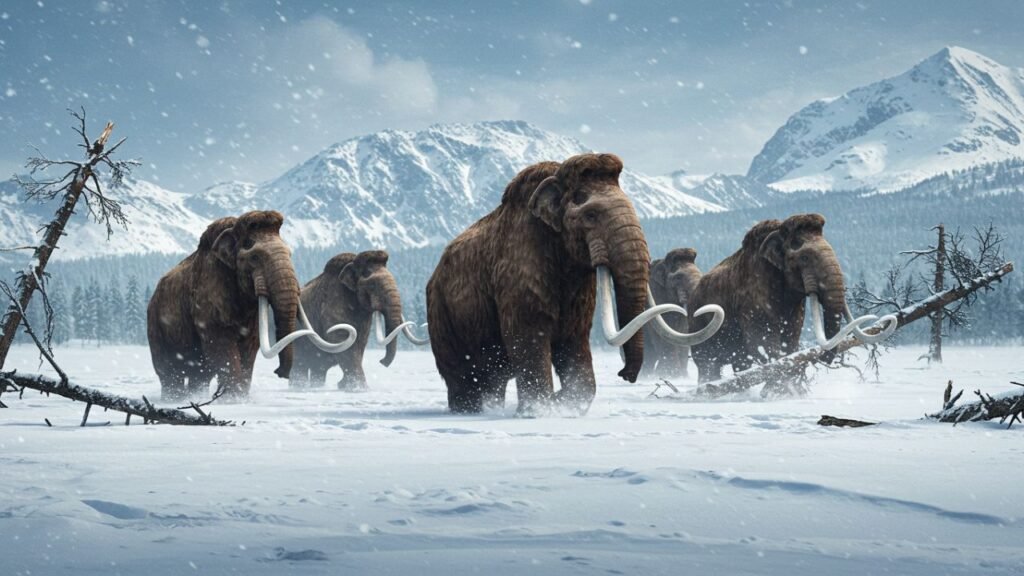
Bringing back the extinct species could have significant implications for reasons such as:
- Woolly Mammoths have the potential to change the ecosystem in a way that could preserve permafrost.
Scientists are still debating whether or not permafrost preservation can occur due to herds of Woolly Mammoths roaming the Arctic tundra. However, there’s a chance that the hybrid could trample down trees and moss, which would allow for preservation of permafrost. Permafrost is defined as any ground that remains frozen for over the period of two years. When permafrost melts, it releases greenhouse gases which are harmful to the planet.
- Advancing gene mutation technology.
Such a large-scale project with significant investment focusing on genetic engineering is bound to expand our limits in this field. Gene editing and de-extinction open new horizons for the scientific community.
- The process of de-extinction also benefits endangered species.
When specific species are used for their genetic similarity to the extinct creatures, investment is made to preserve those endangered species. Taking a look at Colossal’s de-extinction of dire wolves, the gray wolf shares 99.5% of their DNA with dire wolves, and the hybrid was created through gene editing of the gray wolf, leading to conservation activities related to the gray wolf population.
Another example is the Woolly Mammoth’s closest relative, the Asian elephant. The elephant is currently being threatened by poaching and the herpesvirus. Dr. Church states that they are currently working on eliminating the virus, to reduce the threat that it poses to the Asian elephant population. The same goes for other animals that Colossal wants to de-extinct.
When Will Scientists Bring Back the Woolly Mammoth?
In an interview with Harvard Medical, Dr. Church claims that the best-case scenario for birthing a hybrid calf could be the next six years. He states that there are a lot of technical hurdles that require time and experimentation, especially the gestation process and the creation of the artificial womb for the embryo.
Other factors of development that will need to be considered after birth of the calves:
- What flora will the elephant eat and be surrounded by?
- How to protect the creature and the people located in the area?
- How much land would the animal require to create a climate impact?
Similarly, there are many ethical factors that need to be considered.
Should Scientists Bring Back the Woolly Mammoth?
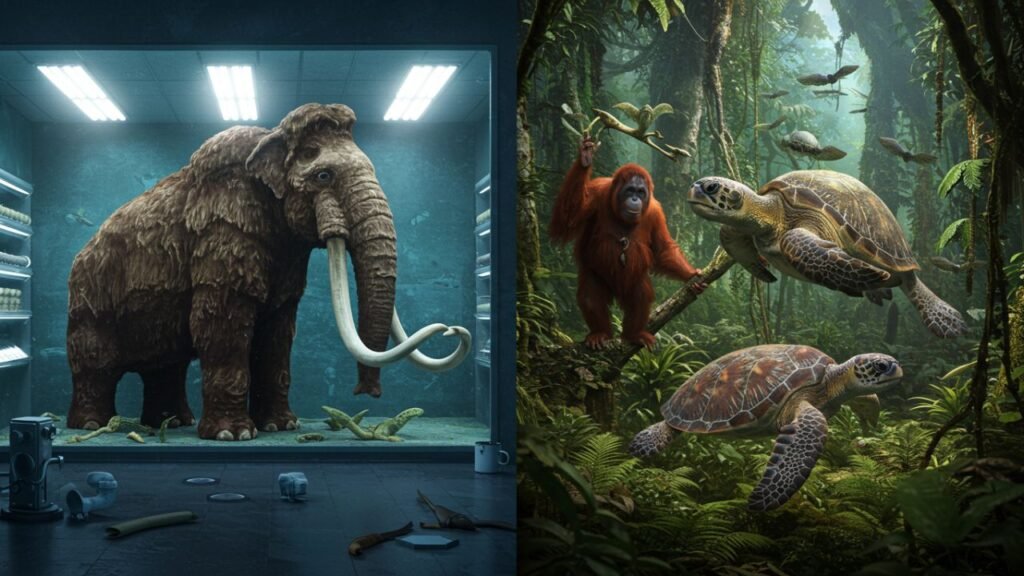
There are many ethical concerns related to the de-extinction of long-gone creatures like the Woolly Mammoth;
- Investing into projects like carbon reduction and climate change is considered more practical than bringing back an extinct creature.
- Many people believe the project is a cruel and far-fetched idea. Trial and error in such experiments takes many years and causes unnecessary suffering for clones created. Stillbirths, deformities and early death are few of the things that these hybrids suffer.
- The ecosystem that was once inhabited by the Woolly Mammoth has long adapted to the animal’s absence. Reintroduction can cause ecological consequences and distress to the ecosystem and the hybrid alike.
- The company Colossal Biosciences is trying to patent de-extinction which raises concerns of a company owning animals. Like the Tasmanian tiger, dire wolf and the Woolly Mammoth.
- Taking precious resources into account, that could be invested in saving 47,000 critically endangered species like orangutans, blue whales, sea lions.
Professor of ecology Dr. Beth Shapiro asks,“shouldn’t we focus on things that are still alive, instead of trying to bring things back that aren’t there anymore?”.
Conclusion
Although the idea of creating herds of hybrid Woolly Mammoths to bring back permafrost sounds like a fairy tale, it’s a matter of time before we witness the creation of a genetically similar copy of a creature that went extinct 4,000 years ago.
Ethical concerns raise many questions, the most important being: Wouldn’t investing in endangered species be more beneficial than experimenting to bring back an extinct species? For now, Colossal Biosciences is advancing its development in de-extinction and the number of creatures brought back may keep increasing in the future.

